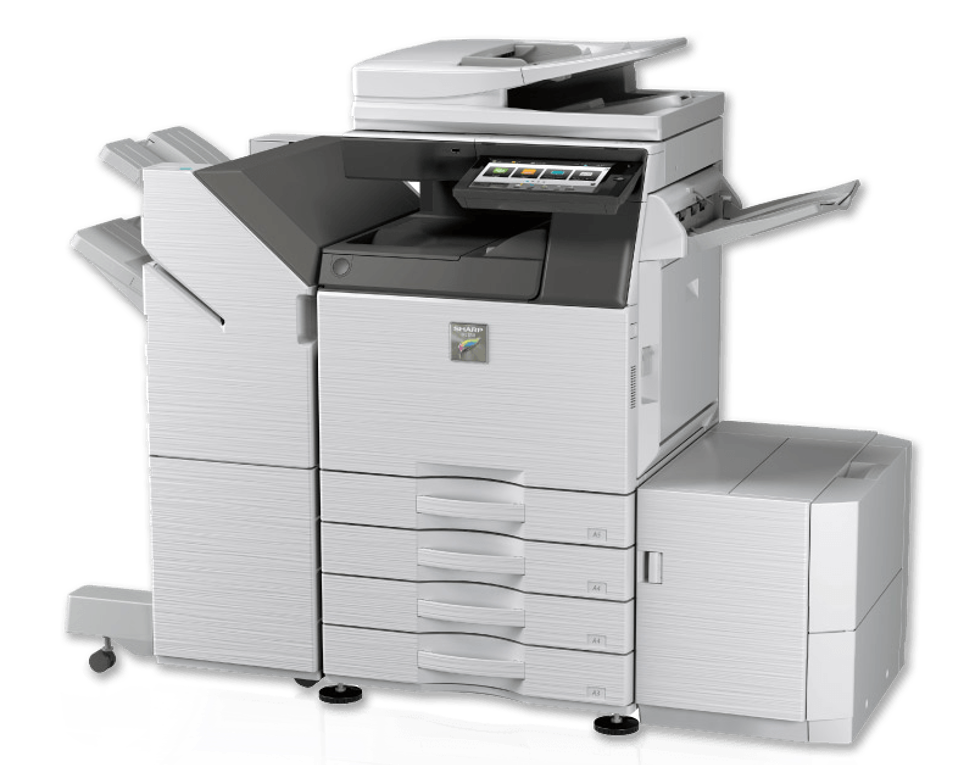Once upon a time, office workers got up and drove to the office, clocked in, and worked from 8 to 5. Then they went home, disconnected, and lived their personal lives until the next morning when they did it all over again. Then came technology – internet, smartphones, 5G. The lines blurred as workers had access to emails and network servers 24/7 – and supervisors and clients had access to them. And yet, even as the office continued to cross the line further and further into the home, standard wisdom was that employees needed to be in the office to do their jobs. Then COVID-19 came along and workers couldn’t be in the office and we entered the era of work-from-home, aka WFH.
WFH should come with an asterisk indicating “your mileage may vary.” While many workers were extremely productive outside the office, others had more barriers to productivity or simply missed in-person interactions. However, 90% of workers in a recent Owl Labs survey said they are at the same productivity level or higher working from home compared to the office. But because mileage does vary, for both workers and employers, as soon as the strictist restrictions were lifted we entered the age of the hybrid workplace.
“Hybrid workplace” is probably right up there with “WFH,” “Zoom” and “coronavirus” when it comes to terms we’d barely heard of before March 2020 that are now firmly embedded in the lexicon. These days, the hybrid workplace most commonly refers to a model in which workers split their work weeks between office and home, typically with two days of one and three of the other. However, it’s not as simple as combining the pre-COVID home office with the pre-COVID corporate office. We’ve learned a lot over the last couple of years, and that’s why the “hybrid” part of the hybrid office is so critical – it marries together the technologies that have been developed and refined during the pandemic.
Meeting Rooms
Click Here to Read the Rest
SOURCE Sharp Electronics Corporation


